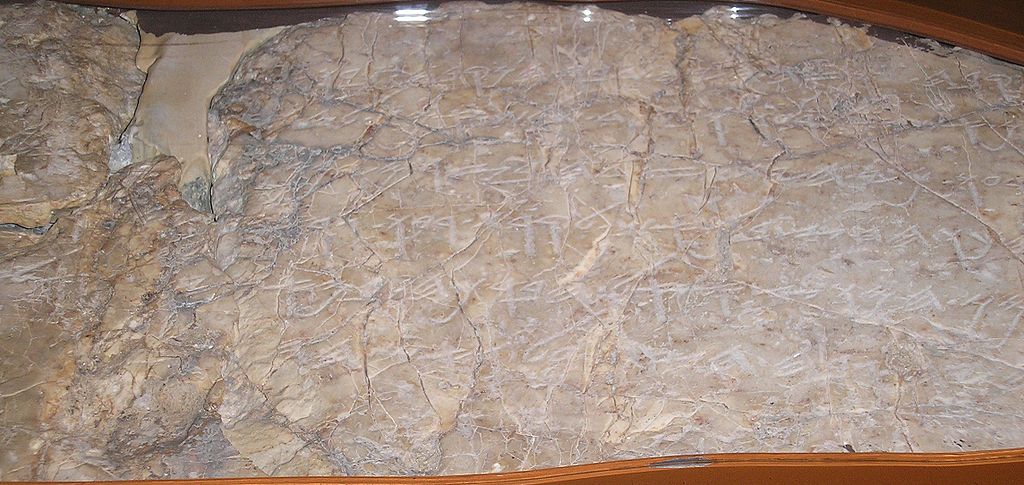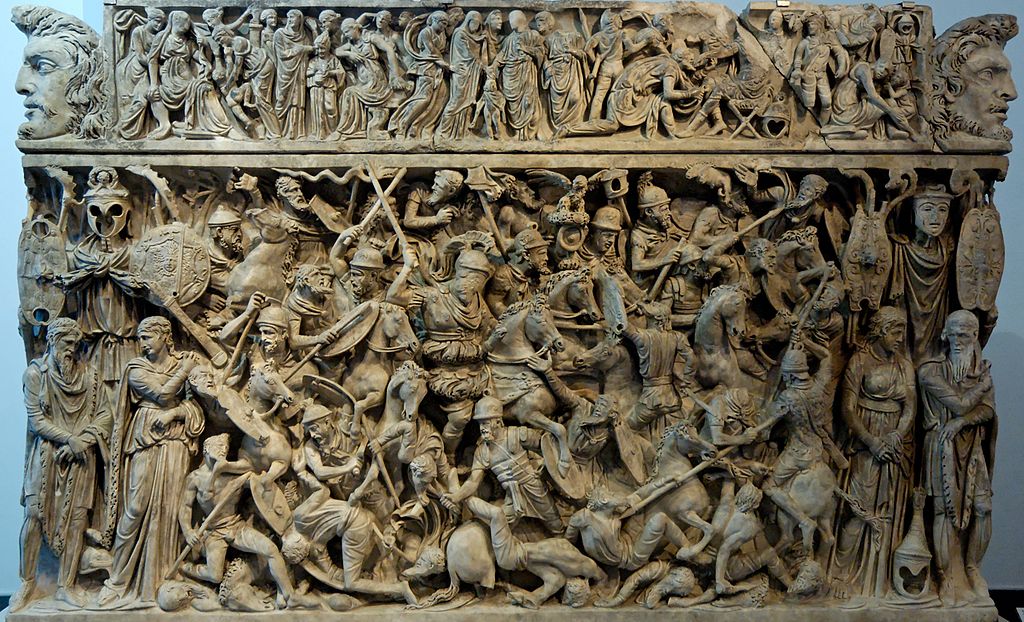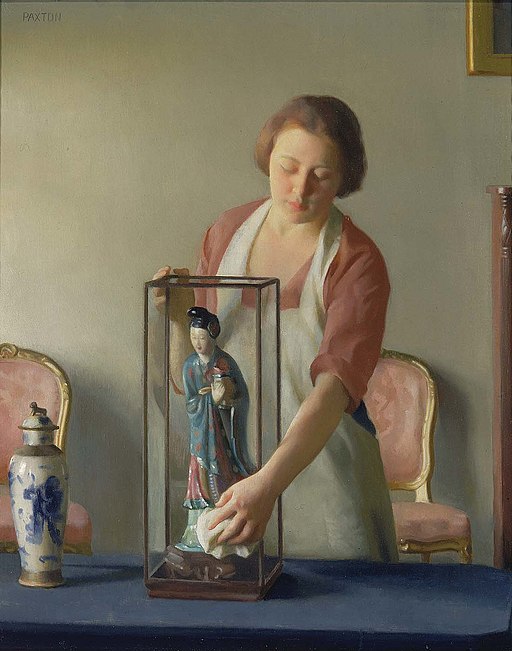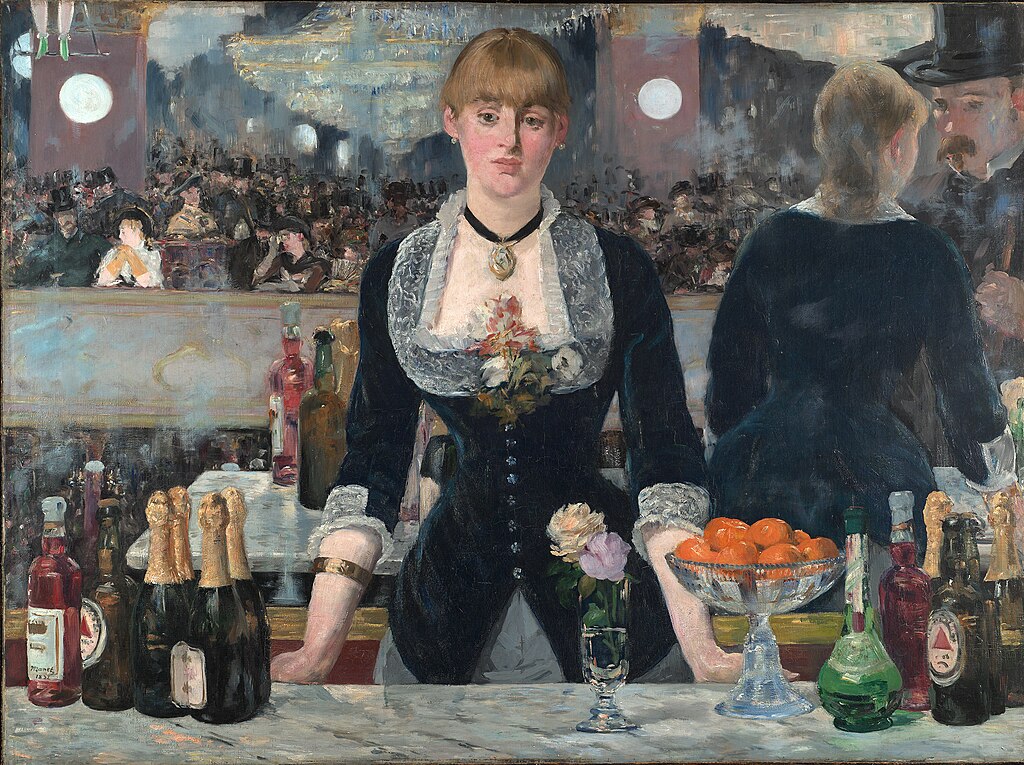 Copy of the inscription. Placed near the original position inside Hezekiah’s Tunnel.
Copy of the inscription. Placed near the original position inside Hezekiah’s Tunnel.
The “Siloam Inscription” or “Shiloah Inscription” (כתובת השילוח) is a passage of inscribed text found in the Siloam tunnel, in the City of David in the East Jerusalem neighborhood of Shiloah.
The ancient tunnel was constructed to bring water from the Gihon Spring to the Pool of Siloam.
The ancient city of Jerusalem was located on a mountain, which made it defensible from almost all sides. Unfortunately, its primary source of freshwater was on the outside of the cliff wall.
The Bible records that King Hezekiah, concerned that the Assyrians would lay siege to the city, blocked and hid the spring’s water outside the city. He also diverted it through a channel into the Pool of Siloam.
“…. he made the conduit and the pool, and he brought the water into the city …” 2 Kings 20, 20:
The inscription records the construction of the tunnel, which has been dated to the 8th century BCE.
It is the only discovered ancient inscription from the region which commemorates a public construction work. Inscriptions to commemorate construction projects were commonplace in Egyptian and Mesopotamian archaeology.
The tunnel was discovered in 1838. However, the inscription was not discovered at this time, due to the accumulated mineral deposits making it barely noticeable.
In 1880, a youth moving up the tunnel from the Siloam Pool end discovered the inscription. It is among the oldest surviving records of its kind written in Hebrew using the Paleo-Hebrew alphabet which was a regional variant of the Phoenician alphabet.
According to the text, the tunnel work began at both ends simultaneously. Tunneling proceeded until the stonecutters met in the middle.
The engineers depended on acoustic sounding to guide the tunnel-diggers, and the Siloam Inscription supports this:
“… the voice of a man … called to his counterpart, … and on the day of the
tunnel (being finished) the stonecutters struck each man towards his counterpart, axe against axe … “
In 1891, the inscription was surreptitiously cut from the wall of the tunnel and broken into fragments. The British Consul of the time later recovered these and placed in the Istanbul Archaeology Museum.

Original Siloam Inscription at the Istanbul Archaeology Museum
Siloam Tunnel
The Siloam Tunnel, also known as the Hezekiah’s Tunnel, is a water channel that was carved beneath the City of David in Jerusalem in ancient times.
It dates from the reign of Hezekiah of Judah (late 8th and early 7th century BC) and corresponds to the “waterworks” mentioned in 2 Kings 20:20 in the Hebrew Bible.
According to the Bible, King Hezekiah prepared Jerusalem for an impending siege by the Assyrians, by “blocking the source of the waters of the upper Gihon, and leading them straight down on the west to the City of David” (2 Chronicles 32).
Siloam Inscription
- Title: Siloam Inscription
- Year: c. 700 BCE
- Material: Stone
- Writing: Paleo-Hebrew
- Discovered: 1880
- Find Site: East Jerusalem
- Museum: Istanbul Archaeology Museum, Istanbul, Turkey
Artifacts in Biblical Archaeology
- Siloam Inscription
- Merneptah Stele
- Jar Handles with Judean “Royal Stamp”
- Cylinder of Cyrus
A Tour of the Istanbul Archaeology Museums
- Alexander Sarcophagus
- Tabnit Sarcophagus
- Siloam Inscription
A Tour of Middle East Museums
- Arab Republic of Egyptian Museums
- Cairo Museums
- Egyptian Museum
- Cairo Museums
- Turkey Museums
- Istanbul Museums
- İstanbul Archaeology Museums
- Topkapı Palace
- Istanbul Museums
- Iran Museums
- Tehran Museums
- Reza Abbasi Museum
- Tehran Museums
- United Arab Emirates Museums
- Dubai Museums
- Dubai Museum
- Saeed Al Maktoum House
- Sharjah Museums
- Sharjah Museum of Islamic Civilization
- Dubai Museums
- Israel Museums
- The Israel Museum, Jerusalem
~~~
” Love and hate always exaggerate.”
– Hebrew Proverb
~~~
Photo Credits: 1) deror_avi [Attribution], via Wikimedia Commons 2) By Tamar Hayardeni תמר הירדני (My own work יצרתי בעצמי) [CC BY 3.0 (http://creativecommons.org/licenses/by/3.0)], via Wikimedia Commons
Popular this Week








 Sponsor your Favorite Page
Sponsor your Favorite Page SEARCH Search for: Search Follow UsJoin – The JOM Membership Program
Sponsor a Masterpiece with YOUR NAME CHOICE for $5
Share this:
- Tweet
